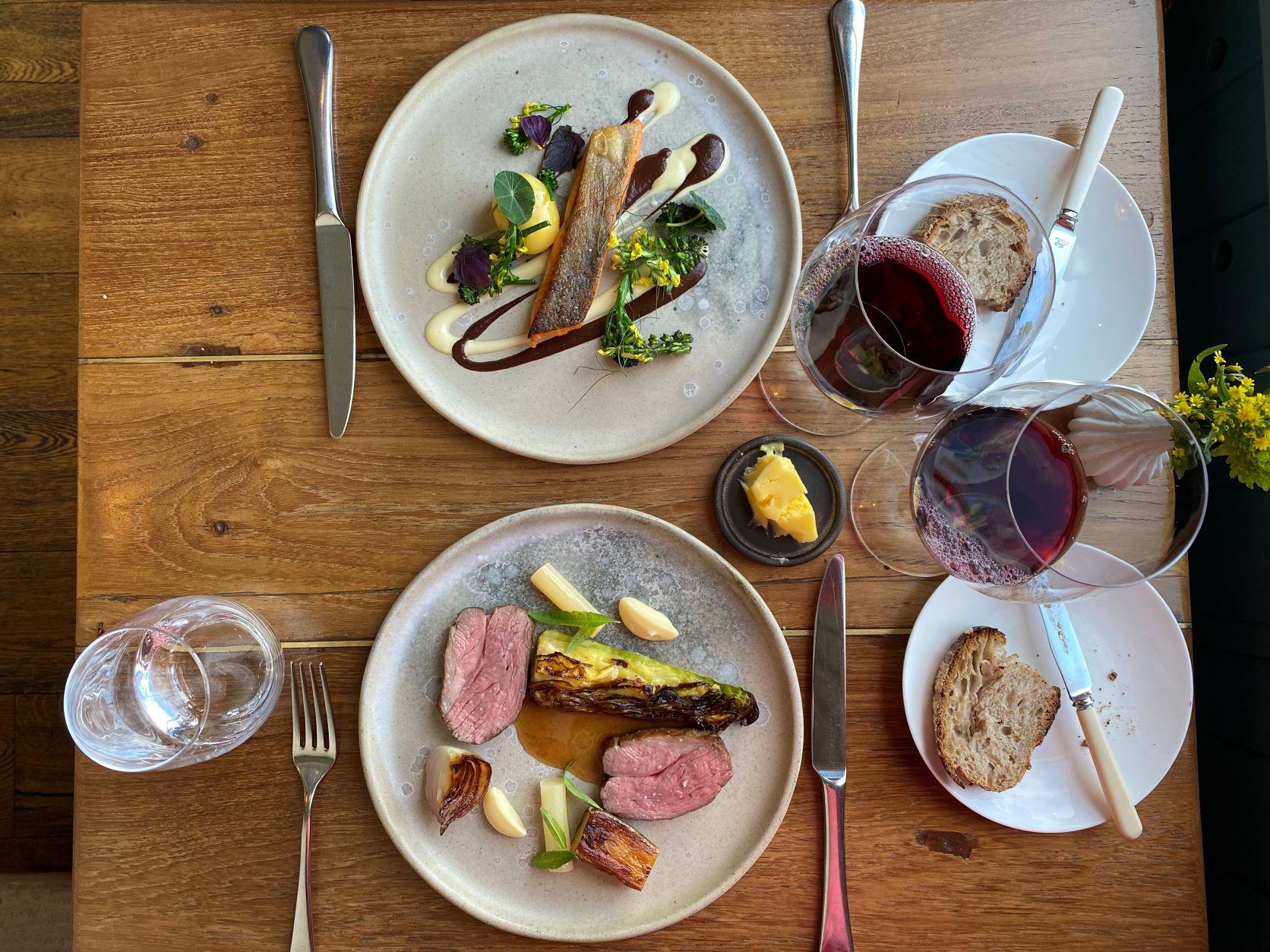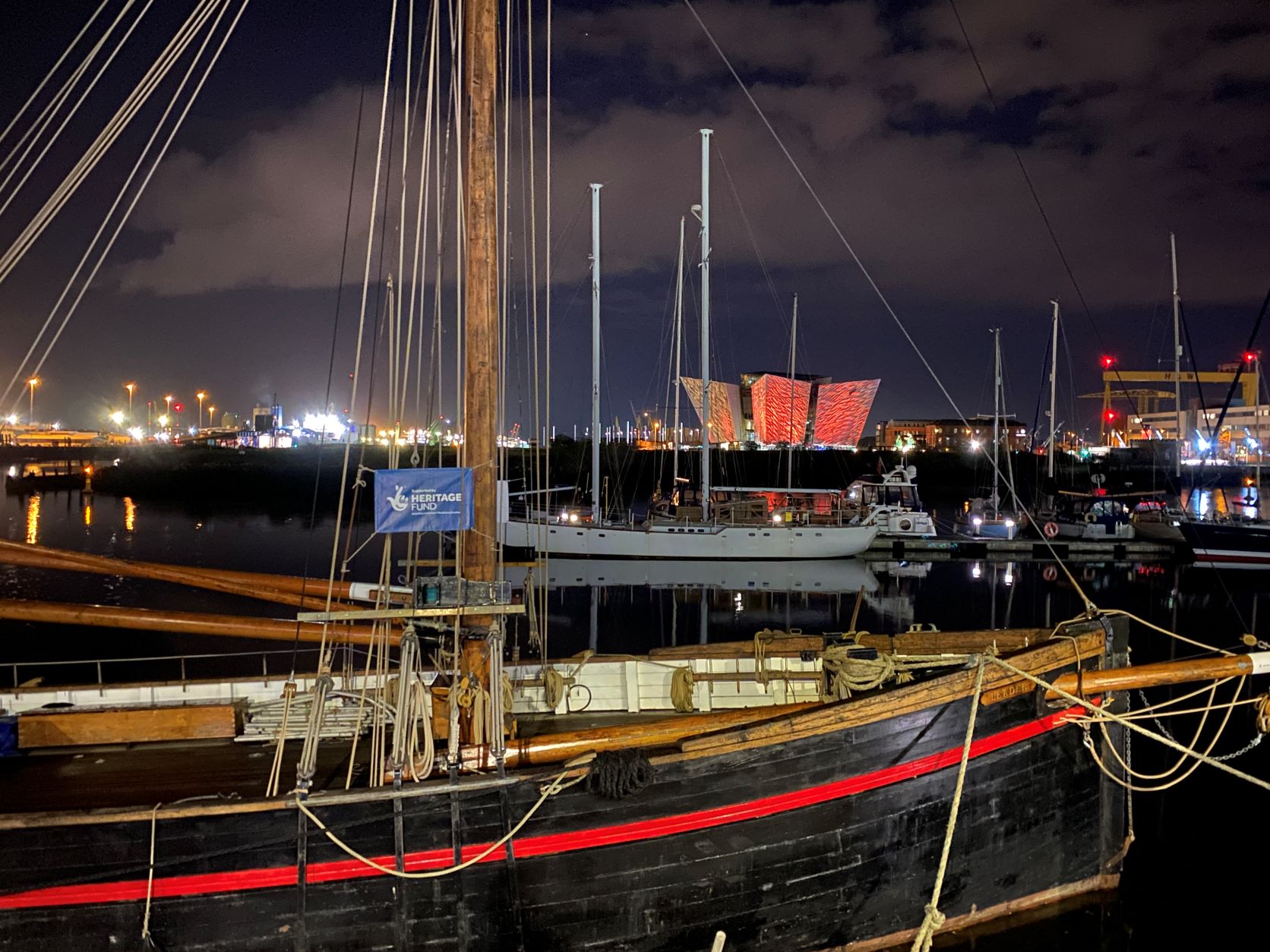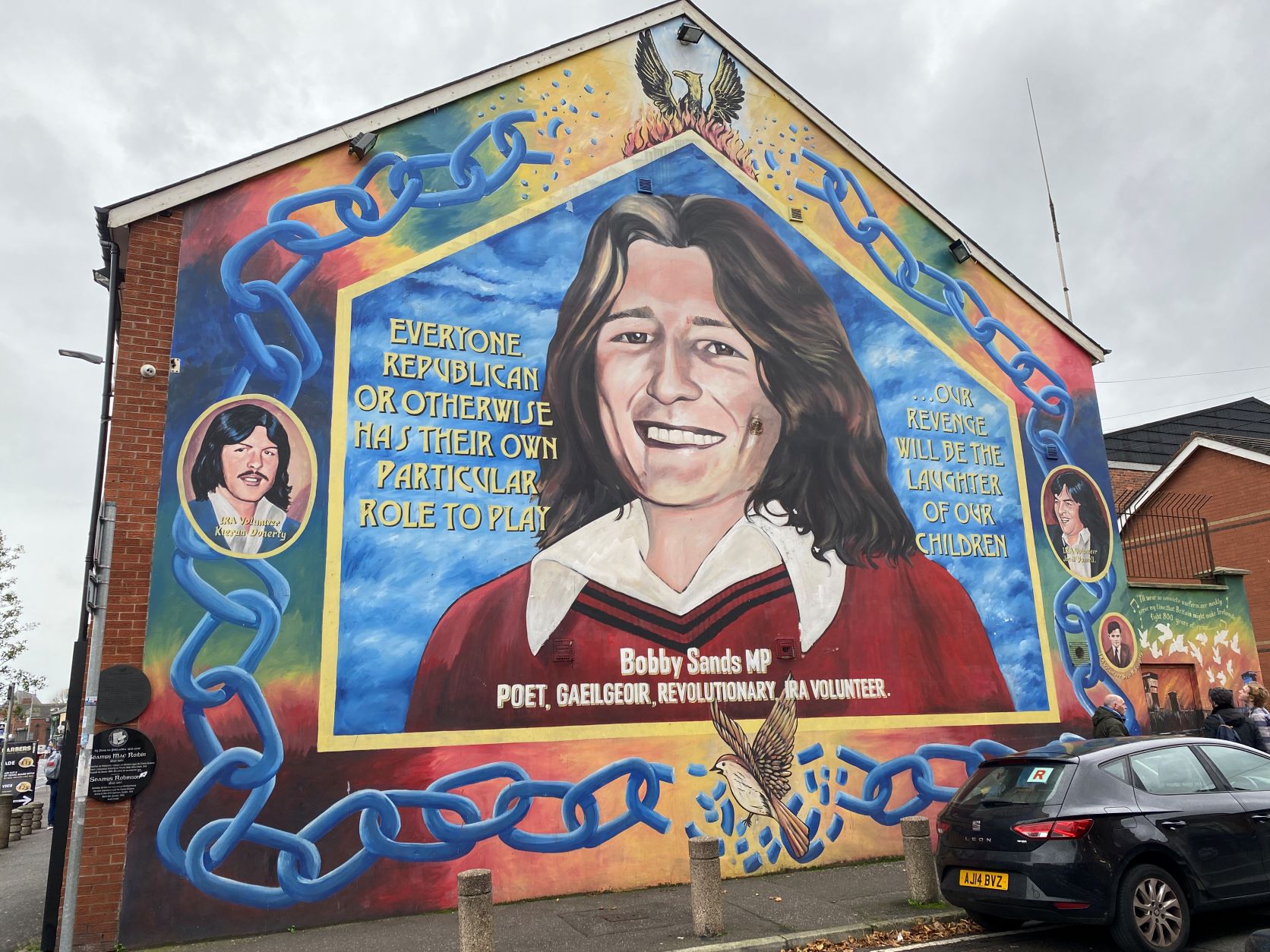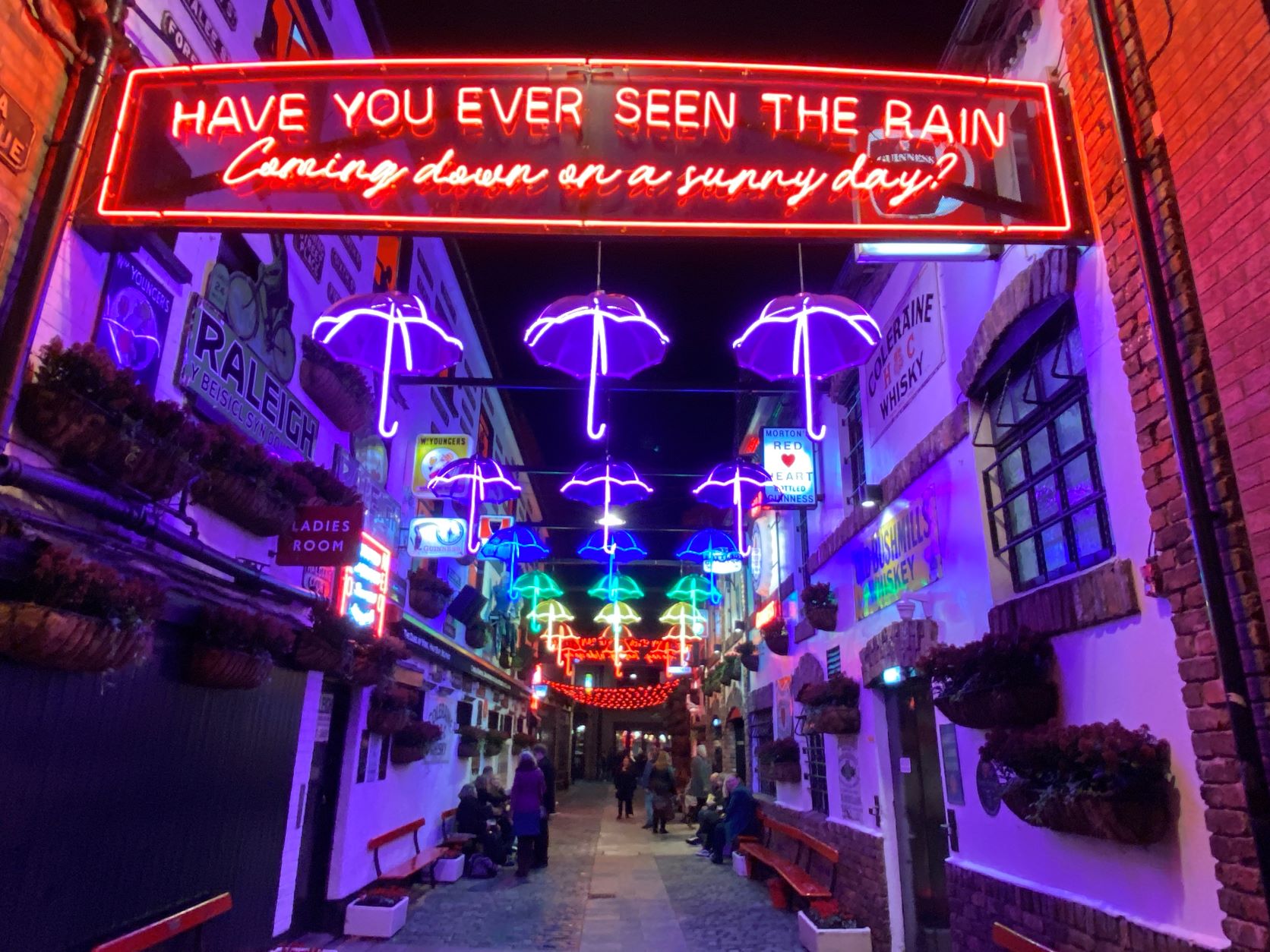What exactly is it? The capital of Northern Ireland, once-troubled Belfast is a fast-rising yet still-underrated cultural destination – with a rich history, as well as growing food scene.
So what goes on there? Well, this being Ireland, start with the pubs. Its cosy watering holes glow in winter, epitomized by candlelit White’s, the city’s oldest tavern dating back to 1630, hidden within the ‘Entries’, a labyrinth of historic alleyways.

Equally mesmerizing is the ornate Victorian interior, with its panelled snugs, at National Trust-owned ‘liquor saloon’ The Crown Bar. Not to be outdone, the Duke of York’s illuminated neon umbrellas and slogans, which straddle cobbled Commercial Court in the Cathedral Quarter.
We also enjoyed red-lit dive bar The Spaniard, cosy cocktail haunt The Reporter, and the trad music and lively outdoor terrace at The Sunflower, its security cage on the front door a preserved and thought-provoking relic from The Troubles.

I’m hungry now. Where should I eat? A pub crawl leads, of course, to a hangover – luckily the vast red-brick St George’s Market is on hand with its diverse food stalls, including the famous Belfast Bap, which sees queues snake around the interior.
The city is also home to good-value set menus, such as characterful watering hole the Morning Star’s rosy rump with chips (£15 on weekdays), longstanding Mourne Seafood’s £25 two-course-plus-wine prix fixe and – for a treat – the £35 set lunch at Michelin-starred waterside restaurant The Ox (pictured above), where exemplary plates included venison tartare, sea trout and salt aged lamb. In the latter it’s easy to add extras, so be careful not to rack up an eye-watering bill.
Show us some sights. Walking around the capital is a rewarding exercise in architectural juxtaposition, from the Baroque Revival grandeur of City Hall to the shiny new riverside Titanic Quarter, with its promenades, stunning views and angular prow-shaped museum (pictured below, illuminated, book in advance for entry).

It’s best, however, to start with a simple stroll round the buzzy Cathedral Quarter, home to the best bars, restaurants and cafes: for a decadent cocktail in an eye-catching interior, perch at the bar at imposing former bank The Merchant. We also enjoyed the LGBTQ quarter on Union Street, where The Maverick has boozy Sunday drag-hosted karaoke sessions.
What else can I do? A walk – or taxi, if you prefer – around the vast political murals in West Belfast (see the famous Bobby Sands mural, below) is especially humbling. Start along the Falls Road, don’t miss the Peace Wall on Cupar Way and the International Wall along Divis Street and Northumberland Street, dedicated to human rights and fighting social injustice across the world.

Afterwards, walk down to Loaf Cafe on Grosvenor Road (read my interview with owner Maeve here) for a superior coffee, sweet treat or brunch. It’s a social enterprise supporting people with learning disabilities and autism.
Where can I stay? We loved the Titanic Hotel’s spacious, elegant rooms – ours overlooked the landmark museum and the waterfront beyond. Better still, it’s housed in the former headquarters of Harland & Wolff, builders of Titanic, and there are posters and artefacts everywhere to pore over. The ground-floor bar is atmospheric to sit at the counter tinkling a negroni, while there’s also an elegant restaurant.
For more on the city head to Visit Belfast.


